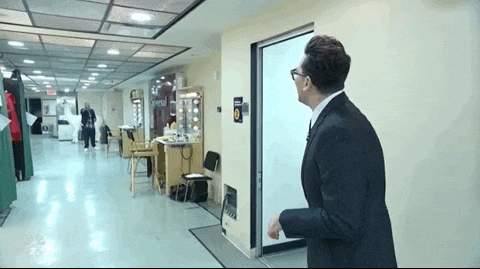Radical Simplicity
It's uncommon to come across an online community that is welcoming, easy to navigate, and transparent in its values and leadership.
The trifecta of an exceptional community experience
The rarity of such communities has led many people to become cynical about the challenges and discomfort of joining new online communities. As a result, they often decline invitations to join and rarely participate when they do.
At the CMJ Group, we have identified this cynicism as one root problem preventing genuine relationships from forming. When cynicism and fear prevent people from accepting invitations to join communities, loneliness and distrust continue to grow. Potential participants miss out on opportunities to connect with their neighbors, pursue their passions, engage in civic involvement, and contribute to advocacy work (all of which are increasingly occurring in digital spaces). These are the basic foundations of democracy and civil society.
You have likely experienced firsthand the awkwardness and overwhelm of joining a new online community. Maybe you have signed up for a new group, received a long, confusing welcome email (if you were lucky), and were plopped into a digital space with 15 different subgroups, a content feed of items that were not relevant to you, and an endless list of events to attend. The overwhelming sense you might feel: I don’t know where I fit into this group; I don’t know what I can contribute here.
We wanted to help identify better ways of facilitating connection in online communities, so in 2023, our team embarked on a private client research project to understand what made the most vibrant online communities tick.
This client research led to a crucial realization for us, which is essential for all community builders to grasp.
Through a survey of over 12,000 online community leaders, followed by in-depth interviews and an ethnographic study of the top-performing communities among the population, we were able to pull out critical patterns in the most successful online communities, specifically in terms of what made their communities feel more connected (without burning out their leaders or admins). Though we can’t share the exact results of the research due to client confidentiality, we can give you the central insight.
Our crucial learning: Thriving online communities embrace radical simplicity.
While the digital world often equates "more" with "better," the most successful online communities recognize the power of paring back.
When we considered this research finding in a larger context, it resonated with many of our previous experiences researching, launching, and optimizing online communities. Everything returned to simplicity as the core design principle in online communities.
Thriving communities cut through the noise by embracing minimalism. That means reducing complexity in every single aspect of the experience: Paring back offerings, subgroups, guidelines, and communication channels.
But that doesn’t mean that simplicity is easy.
Simplicity is truly radical.
Simplicity is radical because it goes against the norms of digital complexity and the large amounts of digital content surrounding us. It contradicts our constantly changing environment, where new technology claims to "connect us" better than anything before it and where there is a temptation to constantly create more and grow simply for growth’s sake.
The 3 Essential, Simple Areas Your Online Community Needs
There are many ways to keep your online community simple, but we suggest starting with its architecture.
With this in mind, we developed a simple rule of thumb for your community design to prioritize radical simplicity: Organize your community into three key content areas, and no more.
Before your community requires further segmentation or if it has grown too complex over time, pare back to the following:
Welcome Area: This area welcomes new members to your community. Keep it simple with guidelines, a welcome video or post, and straightforward, step-by-step instructions for getting started.
Discussion Area: Start by focusing all your conversations here. General discussion areas are the most active in the communities we have studied and worked with. Typically, one general discussion area is all you need to start your community, and you can always branch off from there. Members will connect on various topics in a general discussion area, even if they appear "off-topic" to outsiders. This is where people goof around, try new things, and get into side conversations.
Community-Specific Topic Area(s): This area should offer separate subgroups where members can explore specific topics relevant to your community's purpose. These spaces are designed to keep conversations focused, making it easy to start, navigate, and later search for discussions. You might consider creating sections for specific learning topics, leadership groups, or feedback on your product or service.
We challenge you to practice the principle of radical simplicity in these areas and then expand from there. Once you have simplified the architecture of your community, think about how the principle of radical simplicity can be applied to all the other areas of your community as well, including:
Your guidelines. Keep them short and to the point! (People don’t read them anyway; that’s not what they’re there for.)
Your welcome emails. One clear call to action per email and no more.
Your events. Consistency is key. You don’t need to meet weekly, but you do need to meet regularly.
Trying every feature a community platform offers may be tempting, but focusing on your community’s unique purpose is more important. Default to radical simplicity to rebuild trust and encourage members with a space where they can breathe a sigh of relief that they know where they are and what they contribute.


